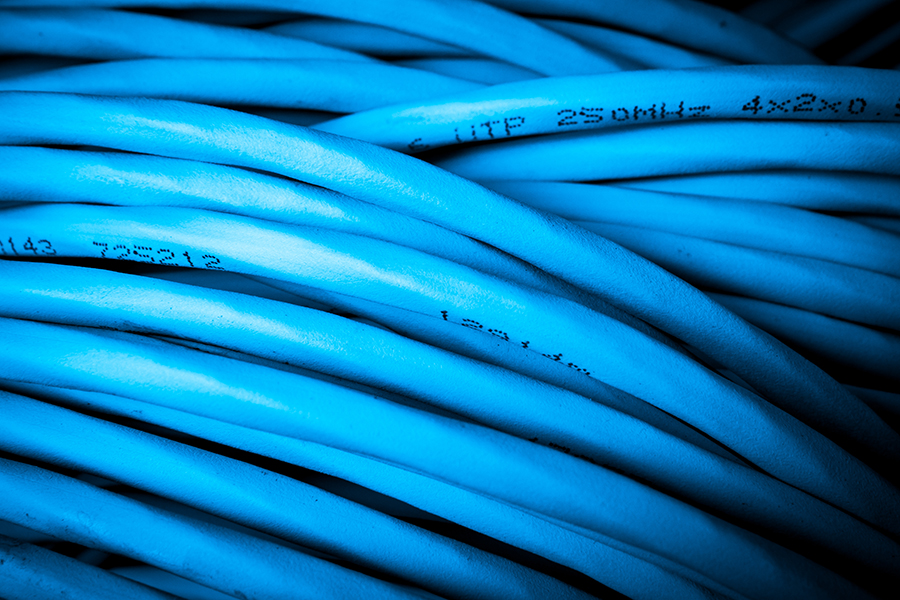Importance of Structured Cabling

Jan
6
6
In this fast-paced age in which everyone seems to be in constant communication with someone somewhere, the infrastructure that supports communication technology needs to be in consistent working order. In data centers and offices, properly organizing the cabling that connects phones and devices to each other is key to enhancing overall reliability and efficiency. Providing this organization is the role of structured cabling.
What Is Structured Cabling?
Structured cabling consists of best-practices involving the design and construction of your telecommunication infrastructure. These practices help standardize your telecom cabling structure to facilitate interoperability, moves and additions, and system dependability.Benefits
Even though cables and wires are generally hidden behind walls, structured cabling solutions provide much needed benefits to businesses and data centers. Without it, the system is put at risk, especially during maintenance. Some of the benefits of structured cabling include:- Efficiency: Whenever the time comes to make moves or additions to the telecom infrastructure, sorting out poorly organized wires which are tangled inside the wall will slow the process considerably. Structured cabling standards help organizations install wiring in a way that prevents these messy tangles by keeping the whole wiring infrastructure organized. This results in lower downtimes and less room for human error.
- Redundancy: A well-structured telecommunications infrastructure allows for redundant operations within the cabling. This improves the overall dependability and accessibility of the system, especially during maintenance. If one cable is compromised, the easily implemented redundant wiring can keep communications going while repairs are made.
- Future usability: With the constant advances in telecommunications technology, it is important to have a system that is forward-adaptable. Structured cabling solutions enable just that, making updates easy to implement with minimal risk to the infrastructure. This makes structured cabling a good investment when it comes to preparing for the future, whether that involves updating a current data center or designing a new data center.
- Flexibility: It all comes down to flexibility. Moves, additions, and changes to the infrastructure can be implemented quickly without disorganized wires getting in the way. This decreases the odds of human error during repairs and changes, thus allowing for better use of IT funds and company time.
Share




